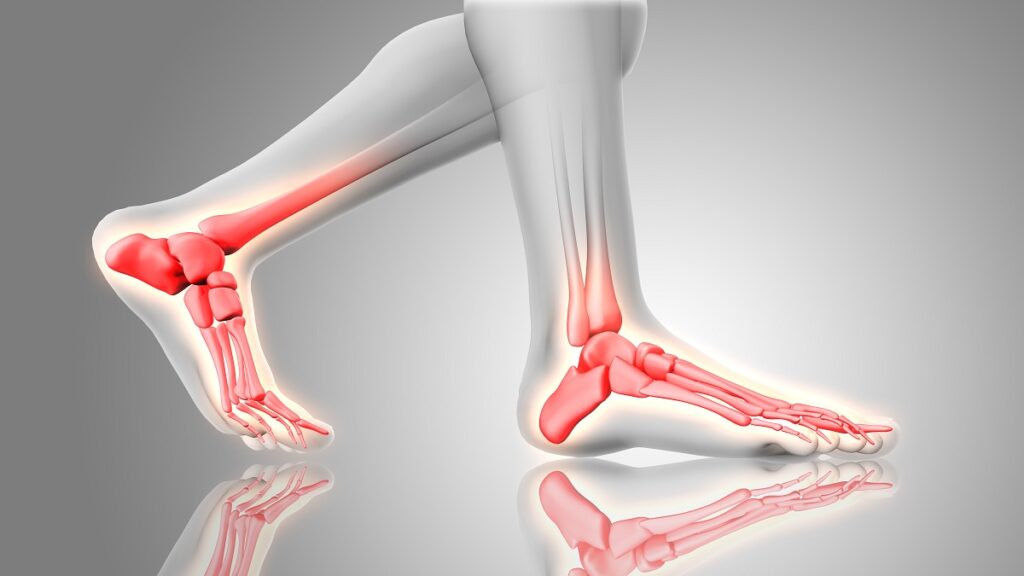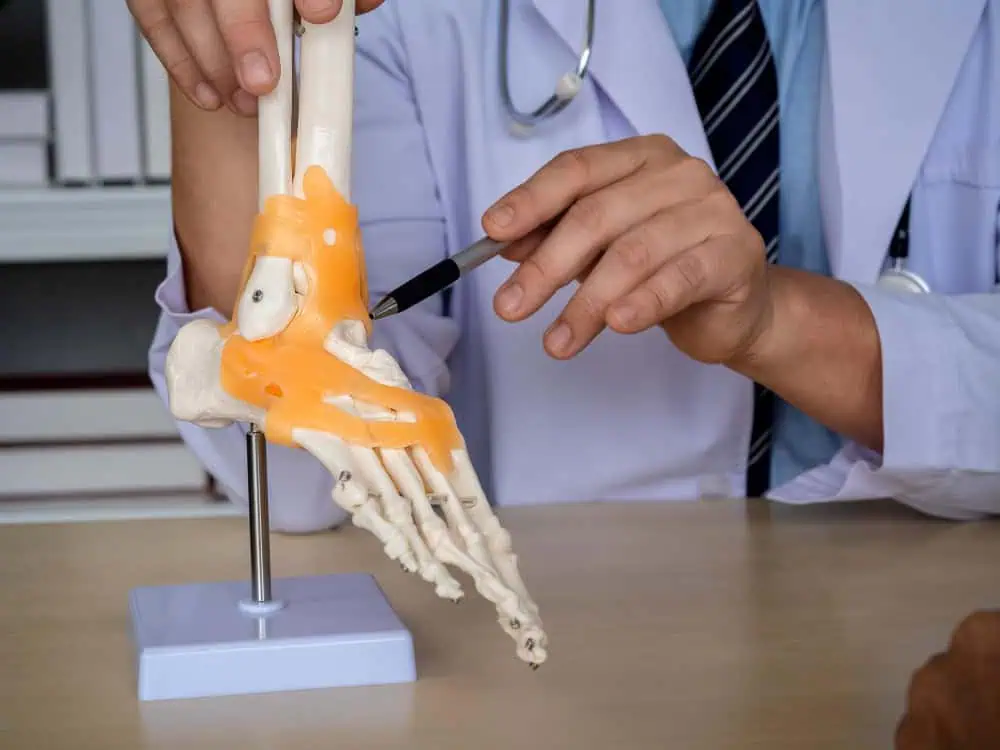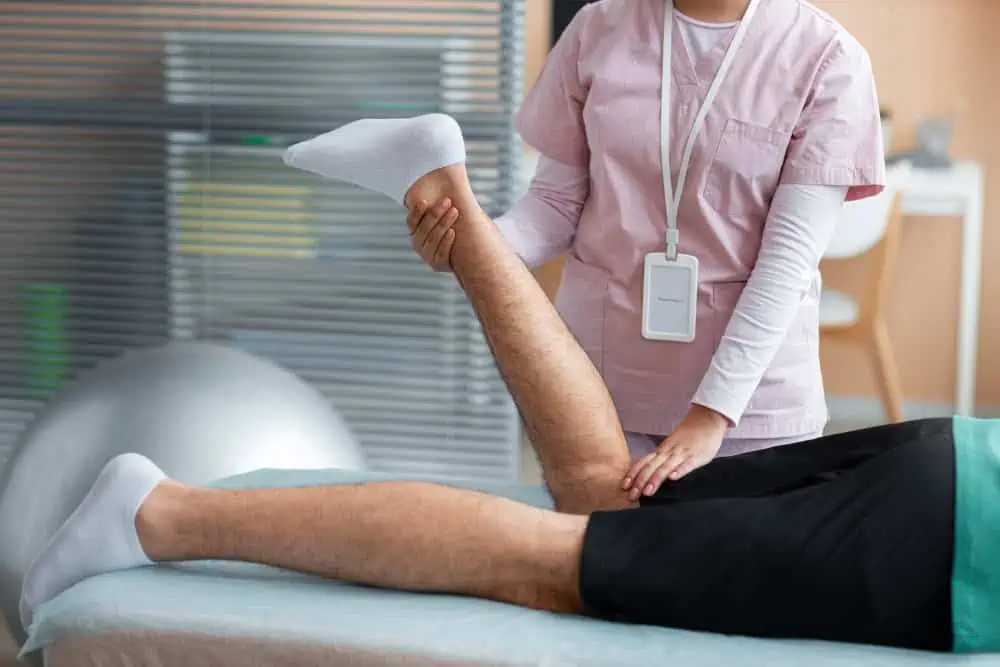
Heel and Arch pain is most often caused by plantar fasciitis – a condition that is sometimes also called heel spur syndrome when a spur is present. Heel pain may also be due to other causes, such as a stress fracture, tendonitis, arthritis, nerve irritation, or, rarely, a cyst. Because there are several potential causes, it is important to have heel pain properly diagnosed.
Plantar fasciitis is an inflammation of the band of tissue (the plantar fascia) that extends from the heel to the toes.
Pain can also be in the back of the heel.
Heel and Arch Pain CAUSES
Two common disorders that occur in the heel cord (the back of the heel) are Achilles tendonitis and Achilles tendonosis. Achilles tendonitis is an inflammation of the Achilles tendon. This inflammation is typically short-lived. Over time the condition usually progresses to a degeneration of the tendon (Achilles tendonosis), in which the tendon loses its organized structure and is likely to develop microscopic tears. Sometimes the degeneration involves the site where the Achilles tendon attaches to the heel bone. In rare cases, chronic degeneration with or without pain may result in rupture of the tendon.
Heel and Arch Pain TREATMENT
Treatment for all types of heel pain is over 90% effective without surgery. In limited cases where surgery is necessary, multiple treatment options are available. It is important to have these conditions evaluated by a physician who treats these disorders on a daily basis.
We feature the latest treatments for heel pain including TOPAZ, ESWT shock wave therapy, minimally invasive neurectomy, cortisone treatments and orthotics.
If you have any questions or would like to schedule an appointment, simply send us a note by clicking here!
Best Regards, We Treat Feet Podiatry Team




